Description
Growing your own fabric with bacteria
Sommaire
Sommaire
- 1 Description
- 2 Sommaire
- 3 Introduction
- 4 Video d'introduction
- 5 Étape 1 - Question ? - we have the answers!
- 6 Étape 2 - Preparation of the culture liquid
- 7 Étape 3 - Setting up the SCOBY
- 8 Étape 4 - Fermentation
- 9 Étape 5 - Harvesting your culture and drying
- 10 Étape 6 - Congratulations !
- 11 Notes et références
- 12 Commentaires
Introduction
Concept inspired by BioCouture, and shared by Open BioFabrics. With this tutorial you can grow your own fabrics with ingredients from your kitchen and S.C.O.B.Y. What is a S.C.O.B.Y? It’s a Symbiotic Colony of Bacteria and Yeast. We will be using the one that comes from kombucha tea. So you can easily find it in an organic food store or from a kombucha tea drinker.
This tutorial is intended for people interested in working with non-animal fabrics. This tutorial is at the prototype level. Scientific research on these new materials is recent and still requires development to achieve interesting mechanical and waterproof characteristics. As things stand, the characteristics of this fabric are not those of leather.
As Open BioFabrics states:"As promising as it sounds, there are still some small technical issues to be resolved before this revolutionary product can be definitively adopted. This vegan-friendly material is biodegradable (another plus) and when wet it softens and therefore loses its structural integrity. Cold temperatures also make it brittle. A bit inconvenient to spend a winter afternoon in Paris. The research team is currently working on improving these points. Nevertheless, they are confident that they will find solutions quickly."
Youtube
Étape 1 - Question ? - we have the answers!
- Which tea should I use? The SCOBY grows best in black tea as it has the most phytonutrients, but you can experiment and use almost any tea, except teas that can contain essential oils such as Earl Grey (contains bergamot).
- What is “The Starter”? It’s the fermented tea liquid that your SCOBY grows in. When you are starting a new batch of SCOBY, you can add a few cups of the liquid from the previous batch to make it grow faster.
- The SCOBY produces gas? It’s a sign of good fermentation. If you leave the bubbles, your new culture may not grow consistently, so be sure to spread the culture out evenly on the surface of the liquid.
- What is the best temperature to cultivate? The ideal temperature is 25C. Under this temperature, the growth will be a bit slower. Avoid a temperature under 17C, it will take too long.
- What is the best temperature to cultivate? The ideal temperature is 25C. Under this temperature, the growth will be a bit slower. Avoid a temperature under 17C, it will take too long.
- Should we grow under sterile conditions? Not necessarily, but you should wash your hands and all tools before you start.
- What size should the culture tank be? A container sized 17x20x6 minimum depth for a 220cl preparation- according to Suzanne Lee! Under bed plastic trays (56x77x17cm) are ideal for 8-10 liter preparations.
- Does the culture smell? This is a fermentation process. Depending on personal sensitivity, people will detect an odor of vinegar. The kombucha SCOBY and vinegar culture are closely related and both made from cellulose-spinning acetobacter.
Étape 2 - Preparation of the culture liquid
This first step lasts about 1 hour :
- Boil water
- Let the tea infuse for 15 minutes
- Dilute sugar
- Let the mix cool down. Temperature under 30°Celsius
Étape 3 - Setting up the SCOBY
This step lasts about 5 minutes. It is very important the liquid is below 30°Celcius, before adding the other ingredients: - to prevent odor vinegar emission - not to kill the starter and SCOBY
- Pour the vinegar + add mix previously made + the Starter Mix
- Add your SCOBY
- Cover the tray and protect it from light
Étape 4 - Fermentation
This stage lasts about 15 days. If you want a thin sheet, a SCOBY mat of 5mm is thick enough. If you want a fabric like leather, wait until your SCOBY mat is about 2 cm in thickness.
- After 5 days in the shade, your Scoby starts growing.
- Regularly spread gently the Baby Scoby to get rid of bubbles.
Étape 5 - Harvesting your culture and drying
When you have the thinckness of culture desired, pull out the SCOBY mat from the liquid and dry it on a board of wood, plastic or glass. Depending on the surface, the end results will all be different
- Hand wash your Scoby with soapy cold water.
- Dry your Baby Scoby on a leaned wooden board.
Étape 6 - Congratulations !
The fabric is ready ! You can also dye, cut, sew, print on your SCOBY fabric. This is only the beginning!
Notes et références
Open BioFabrics designs a production kit so that everyone can easily grow SCOBY at home. More information on their Medium: https://medium.com/openbiofabrics
Thanks to Sacha Laurin from Kombucha Couture for her welcome, proofreading and translation into English.
Published
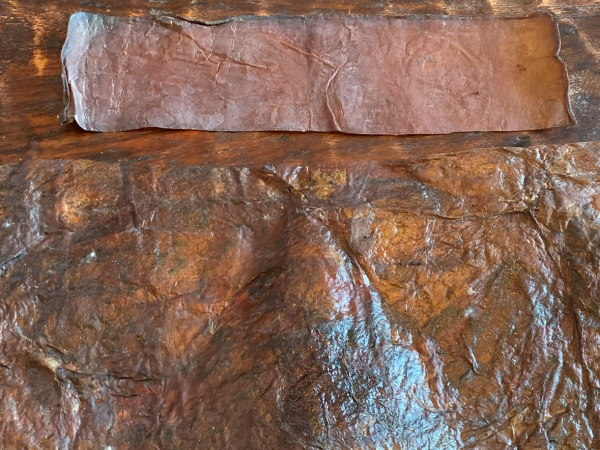
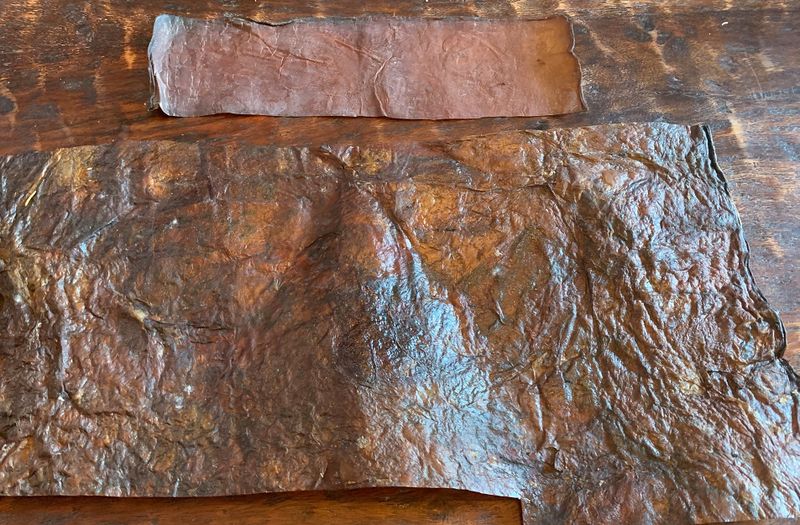
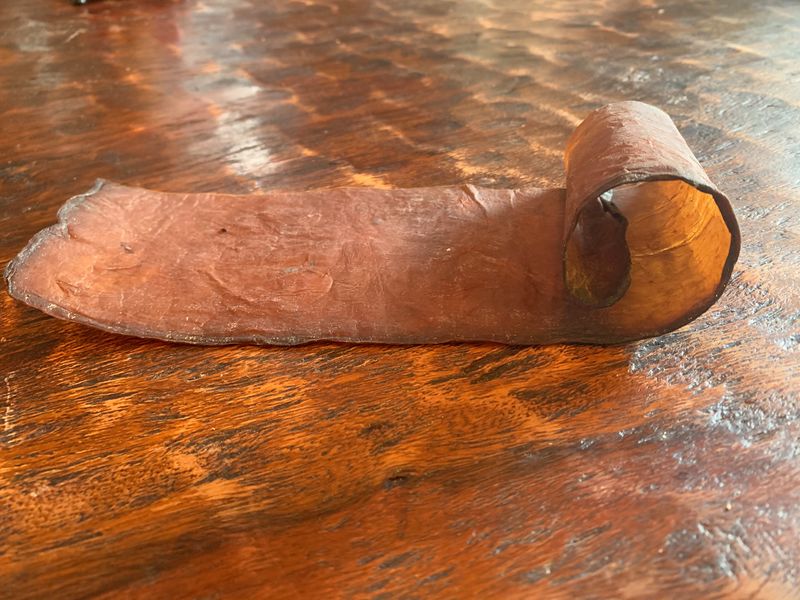

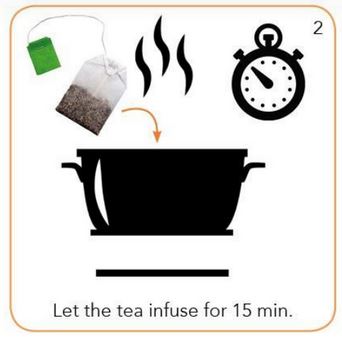
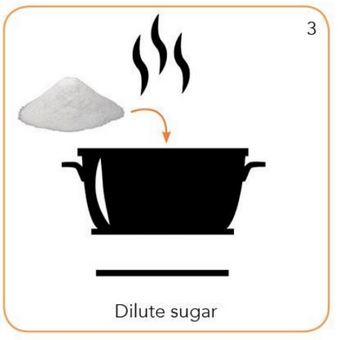

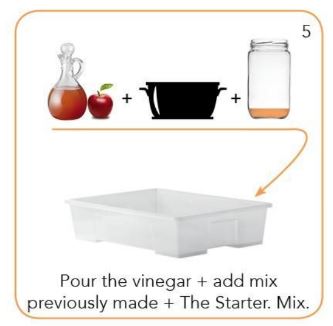
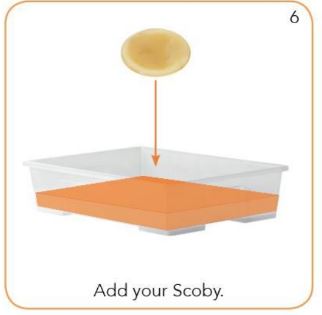
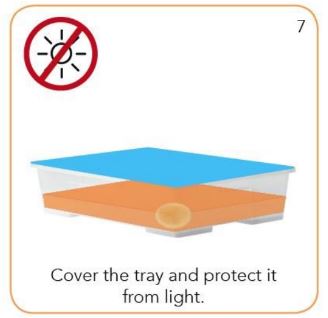
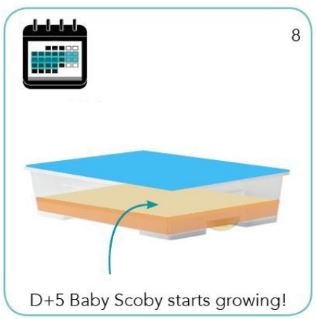
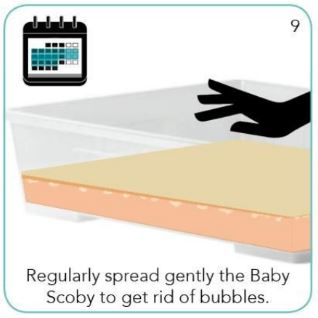
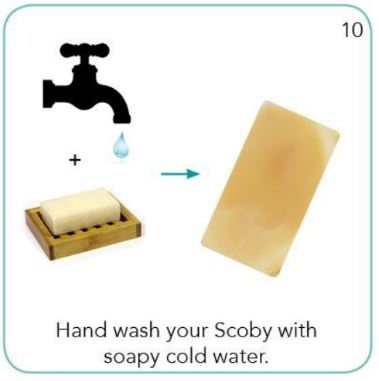
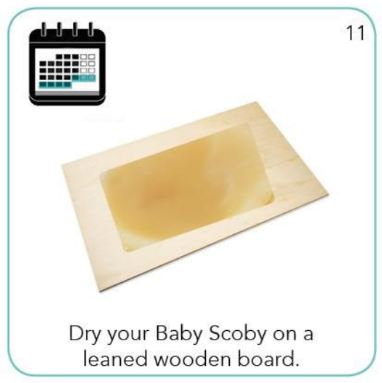
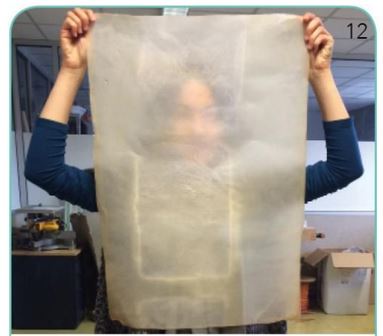
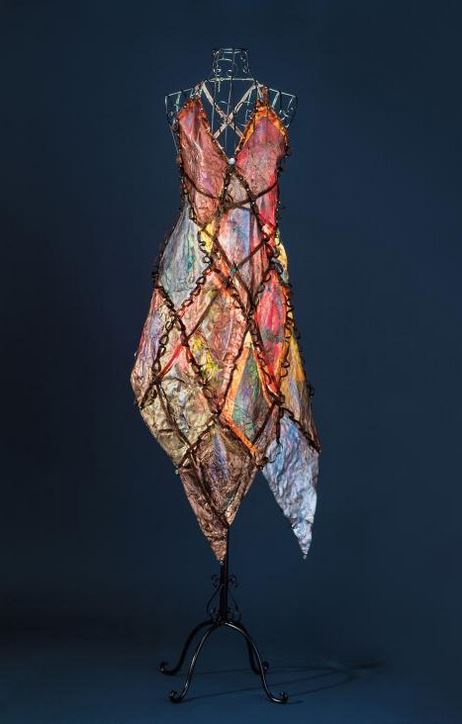
 Français
Français English
English Deutsch
Deutsch Español
Español Italiano
Italiano Português
Português